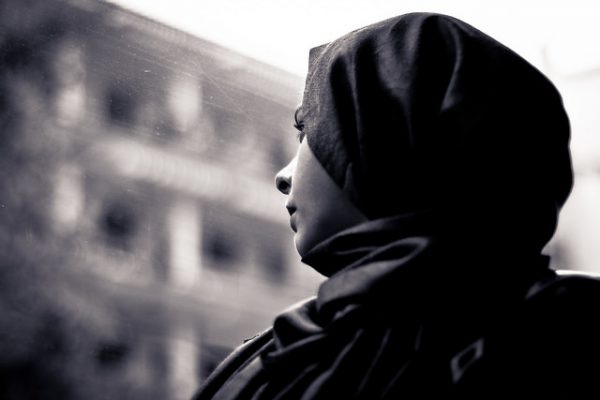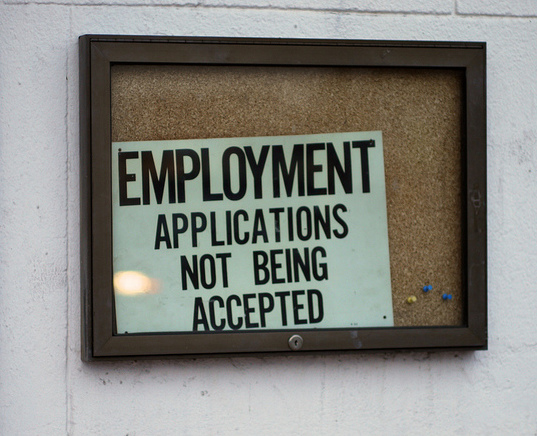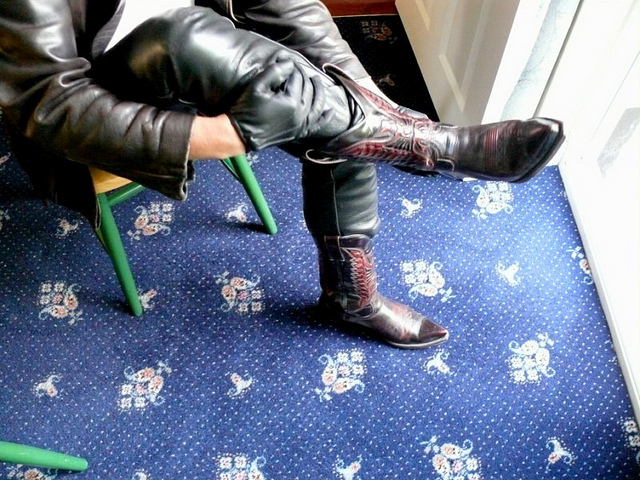
Originally posted Jan. 31, 2017
While male-dominated jobs are some of the fastest shrinking in the U.S., and female-dominated jobs are some of the fastest growing, many men choose not to enter fields they view as “women’s work” — occupations like home healthcare worker or nurse practitioner. But it is not all men who stay away from female-dominated occupations. You guessed it — it’s white men. Recent research by Jill Yavorsky, Philip Cohen, and Yue Qian shows that racial minority men are more likely than white men to work in female-dominated jobs.
The researchers use 2010-2012 American Community Survey data on working men ages 25 to 54 to statistically analyze the effects of race on the gender composition of jobs. The find that all groups of racial minority men are more likely than white men to work in female-dominated jobs, and this finding remains constant even when considering differences in men’s education levels, with the exception of Asian men with advanced degrees. Notably, black men and white men represent the greatest disparity — black men have the highest probability of working in a female-dominated job, while white men have the lowest probability of doing so.
While this study can only tell us what is happening — that more minority men work in female-dominated jobs than white men — the “why” remains an open question. For one, this could be a tale of discrimination; minority men may be kept out of male-dominated fields and forced to choose female-dominated occupations. On the other hand, men of color may defy societal norms and place more value on so-called “women’s work,” like caring activities, than white men. Regardless, these findings highlight the important intersection of race and gender in the workplace.









